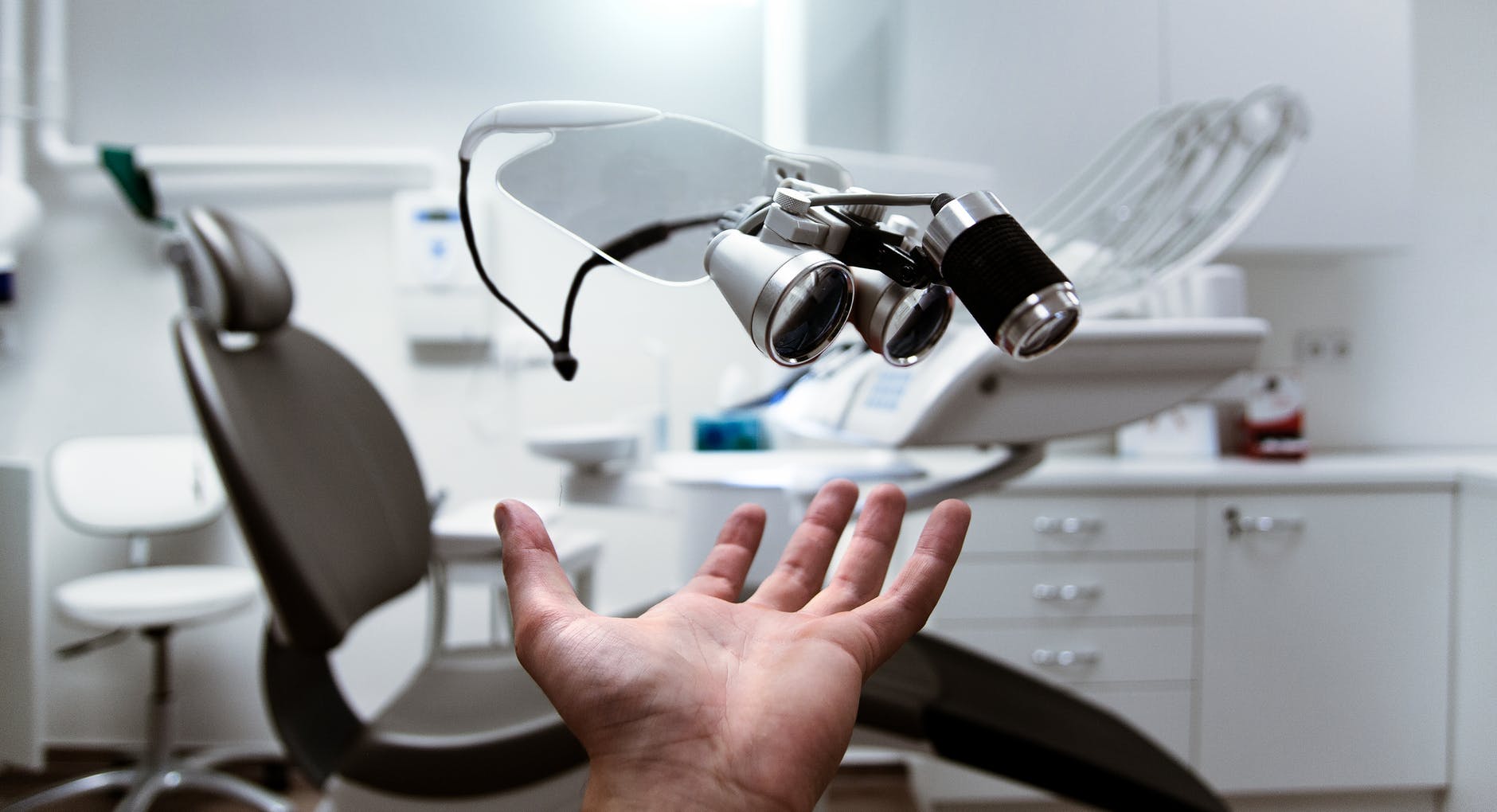
Over the years, dental technology has significantly changed. New advancements are continually redefining the way orthodontic treatment is carried out, turning previously complex procedures into quick, efficient, and less invasive ones. Among this wave of innovation, one breakthrough has captured the spotlight and is changing the aesthetics of orthodontics – Invisalign.
So, why is Invisalign considered a cutting-edge dental technology? Let’s delve in and understand the marvel of this clear plastic aligner.
The Invisalign System
Traditionally, correcting bites and other orthodontic issues involved metal braces, which were cause for both physical and emotional discomfort for many. However, Invisalign, a clear plastic aligner, has provided an invisible orthodontic solution that has reshaped the way teeth straightening is approached in orthodontic treatment.
Unlike braces, Invisalign aligners are removable and practically invisible. They are digitally planned and tailored to fit the exact tooth shape, tooth position, and other dental alignment needs of individual patients, offering a personalized orthodontic advice experience.
In a nutshell, if you’re seeking a Surrey orthodontics clinic for clear aligners like Invisalign, it means you’re on the lookout for a comfortable, secure, and aesthetically pleasing solution for your orthodontic issues.
Braces vs. Invisalign
While traditional braces still have their place in addressing orthodontic issues, Invisalign is progressively becoming the preferred choice because of the numerous advantages it offers over braces. The comparison between braces and Invisalign in orthodontic treatment showcases the reason behind its increasing popularity and its innovative nature.
- The use of 3D imaging technology in Invisalign planning allows accurate measurement and prediction of tooth movement and provides a visualization of the expected results before the treatment begins.
- Invisalign aligners are removable, thereby promoting better oral hygiene as one can brush and floss their teeth normally. In contrast, braces make cleaning teeth a challenge because food particles get caught easily.
- Invisalign aligners have a shorter treatment time averaging from 12 to 18 months, while traditional braces can go on for up to two years or more.
- The transparent nature of Invisalign aligners gives them the edge when compared to the more noticeable braces, enhancing the aesthetics of orthodontics.
- One of the major Invisalign innovations is attachments for complex tooth movements. These attachments provide a grip for aligners to facilitate tooth rotation and tilting, thus contributing to better results.
Common Orthodontic Conditions Treated by Invisalign
Invisalign has the capability to treat a wide array of orthodontic issues. It caters for everything from simple corrections, such as fixing overcrowded teeth and gaps, to more complex treatments. A few of the conditions Invisalign can treat are:
- Overcrowded teeth
- Gap teeth
- Overbite
- Underbite
- Crossbite
- Open bite
Other Conditions Treated by Invisalign
Invisalign can also effectively address conditions like tooth rotation or teeth that are tilted. The capabilities of Invisalign extend to accommodating additional dental work, like a tooth extraction or placement of a dental bridge. This makes Invisalign a comprehensive solution for a variety of orthodontic needs.
- Teeth rotation
- Tilted teeth
- Additional dental work like tooth extraction
Invisalign’s effectiveness and versatility make it a popular choice for dealing with a wide range of orthodontic conditions, improving oral health, and providing a well-aligned, confident smile. To find out more about your specific case and concerns, seeking dental advice from an orthodontic professional is highly recommended.
Orthodontist and Invisalign
An orthodontist specialize in diagnosing, preventing, and treating irregularities in the teeth and jaw. They are in the best position to decide the suitable treatment plan for their patients, extending from braces to Invisalign and more.
Furthermore, suppose you are battling issues like an open bite and desire a non-surgical treatment. In that case, an orthodontist will be the one to guide you all through the open bite non-surgical treatment using Invisalign.
The Technological Advancement of Invisalign
Over the years, Invisalign has emerged as a notable figure in advancing orthodontic technology. It brings forward an innovative solution by digitally predicting and controlling tooth movement and creating clear aligners using high-tech manufacturing techniques. This technology offers an orthodontic experience that was unthinkable just a few decades back.
Innovation and Accessibility
The team behind Invisalign is dedicated to furthering its innovation efforts. A primary objective is to make this groundbreaking technology readily available worldwide. The goal is to revolutionize the accessibility and delivery of orthodontic care on a global scale.
Redefining Orthodontics
Invisalign is essentially transforming the orthodontic landscape with its advanced technology. As it continues to innovate and proliferate globally, we can look forward to a future where Invisalign becomes a widely accessible solution. More individuals across the globe will be able to benefit from its unique advantages.
The relentless focus on innovation and the vision to make high-quality orthodontic care universally accessible propels Invisalign’s growth. It continues to provide more people with the opportunity to access its unique benefits, thus leading to a global shift in orthodontic treatment.
Conclusion
Invisalign has undeniably altered the landscape of orthodontic treatment. It has successfully combined efficiency, comfort, aesthetics, and personalization, providing an orthodontic solution that’s much ahead of its time. As Invisalign continues to refine its technology, it is, without a doubt, cementing its position as a key player in the world of innovative dental technology.

